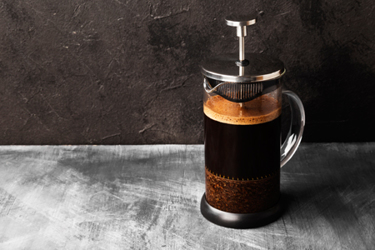How Your Stainless-Steel Column Is Like A French Press
By Chuck Haeger, Production & Order Fulfillment Manager, Asahi Kasei Bioprocess

The equipment and technologies that make up a biotherapeutic production process can represent an intimidating hurdle for many first-time operators. These drugs, the result of years of research and development, are often highly complex; as a result, many of those working in the industry today may assume that the instruments used to support their manufacture are just as complicated to employ.
While chromatography columns have been refined and optimized to perform chemical separations across several biotherapeutic applications, their operation consists of a simpler and more straightforward process than many assume when encountering these pieces of equipment for the first time. In reality, these columns are static pieces of equipment that function in much the same way as a coffee press, separating relevant molecules from media and impurities to produce a final drug product – except in the case of chromatography, the “coffee/product” is retained, while the “grounds/waste” is flushed away.
Understanding how purifications work can help operators better conceptualize the process, enabling greater process understanding and troubleshooting. This is important, as establishing a fundamental understanding of every part of upstream and downstream processing can help operators avoid delays and optimize their production for expensive, challenging drug products.
Get unlimited access to:
Enter your credentials below to log in. Not yet a member of Bioprocess Online? Subscribe today.
